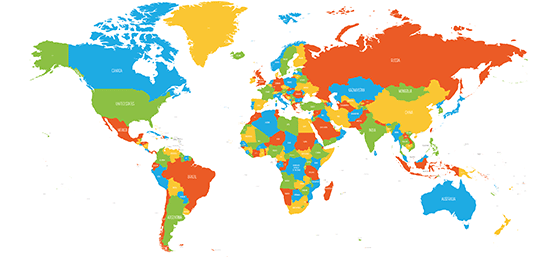Learning from each other? Context matters.

Can countries learn from each other how to arm themselves against antibiotic resistance? Yes, provided they take into account contexts such as culture and resources.
The problem has been recognised and action is being taken. In recent years, interventions to tackle antibiotic resistance have been implemented in many countries. These include: better surveillance, promoting more judicious antibiotic use, support for drug research and development, point-of-care diagnostics, and propagation of better hand-hygiene. This broad variety of measures is targeted at a variety of different stakeholders, from human medicine to agricultural production.
“Now is the time to take a closer look at all these approaches and ask: What works, under what circumstances and at what cost?”, says Didier Wernli, expert for global health at the University of Geneva. ”Then at least we should get a clearer picture of how the various activities interact in an overall strategy”. After all, these activities are not independent of each other, and sometimes even have undesired effects. For example, restricting the use of antibiotics through stewardship might be a disincentive to pharmaceutical companies developing new ones.
Good examples are not always helpful
With an international team of researchers, Wernli has developed an online platform that collects data on interventions against antibiotic resistance from around the world – including the background of their implementation. “We need to consider the societal, economic and ecological contexts of individual countries”, he explains. “In the end, they make all the difference between success and failure”. Thus, Wernli and his colleagues also focus on the overall capacity of countries to respond, adapt and transform in face of adversity. This capacity is known as resilience, a concept that has become increasingly important for the analysis of health systems since the Ebola outbreak of
.
But context is exactly what’s often missing in scientific publications. “Most of them don’t report enough about the background factors relating to intervention outcomes”, says Wernli. Furthermore, there is a clear bias towards successful examples and experiences in high-income countries, mainly at the local level – such as at individual hospitals or farms. “This means it is very difficult to generalise from most of the approaches described. Unless we know more about enabling or hindering factors such as culture, resources and infrastructures, it’s hardly possible to derive lessons for others from these successes”.
Looking beyond GDP per capita
However, the number of published interventions originating from low- and middle-income countries is increasing. This, not least of all, will enable us to evaluate the cost-effectiveness of different measures more precisely – something that is even more important in light of the limited resources. But while a country like Switzerland is obviously considered highly resilient in the face of health threats – because of its resources and efficient health system with universal health coverage – there are also significant differences between low- and middle-income countries.
“Resilience is not just a question of GDP per capita”, Wernli explains, “but of how resources are allocated to the health system; and it also concerns other aspects relating to the strength of institutions – for example, existing standards and regulations regarding the production of foodstuffs”. Also to be kept in mind when reflecting on adapting measures for high-income countries is the fact that, in many low-income countries, problems relating to the lack of access to antibiotics are greater than those linked to antibiotic resistance.
A good plan is one that works
Against this backdrop, the value of a database that takes such aspects into account becomes clear. The online platform developed by Wernli and his team synthesises current evidence, makes it fully accessible and generates new insights into the design, implementation, evaluation and reporting of the broad range of existing interventions against antibiotic resistance – with the ultimate goal of helping to build resilience in different contexts. Or, as Didier Wernli puts it: “Increasing the number of interventions against antibiotic resistance should be done in parallel with improving their quality”. This, in turn, will help to build societal resilience to antibiotic resistance.
